© 2025 ALLCITY Network Inc.
All rights reserved.

As Jon Gray prepares for his first start at Coors Field this season, he comes in with a pair of games under his belt, and a pair of different results.
On Opening Day, March 29 in Arizona, Gray’s start drew unfortunate comparisons to the 2017 National League Wild Card game. He surrendered two runs on two singles, a walk and a double. before recording an out
He bore down, and retired the next nine he faced, with six grounders and a pair of strikeouts in that stretch. But the damage was done, and after a single and another couple of walks in the fifth, his day was done at a short 4.2 innings.
On April 4, he continued his track record of dominating the San Diego Padres, dealing seven shutout innings in Petco Park. While it wasn’t the wipe-out, 16-strikeout-game he threw in September 2016, it was the first time this season he’s shown fans his true ace potential.
Tonight, Gray will make his first start in a pivotal 2018 in the notorious hitter’s heaven, a place where he’ll have to find success if the Rockies are to do the same. Gray is the uncontested No. 1 on this staff and will have to be the one to lead the way if his team is to return to October baseball.
While he salvaged his first start to some extent, he will have to look more like the pitcher he did in the second one on a consistent basis to achieve that.
Let’s break down what has gone wrong and right so far for Jon Gray, as he begins his home season.
The elephant in the desert
The most natural place to start is the first inning he threw this year, which also happens to be his worst. As noted in the intro, Gray got into early trouble with a base hit to David Peralta, but it wasn’t that he didn’t execute his pitches.
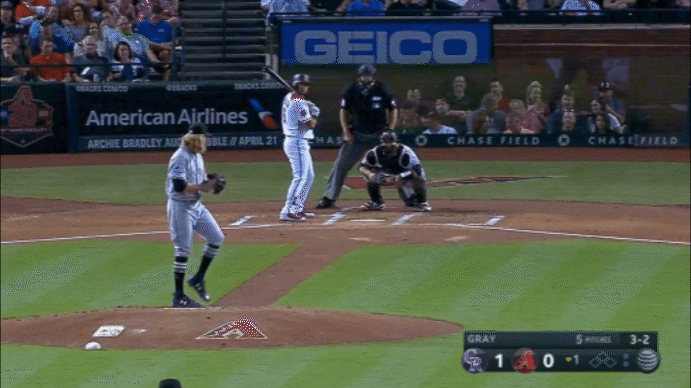
That’s a 97 mph fastball on the inside edge of the plate that Peralta does a fantastic job turning around and punching into the hole. Looking at where Iannetta is set up, however, it might be accidental that this pitch ends up in the place it does. The catcher appears to want it low and away, similar to the previous pitch in the at-bat, but this pitch ends up in a solid place that Peralta does well to hit.
In a 3-2 count, Gray doesn’t want to run this pitch too far inside and walk Peralta on a pitch outside of the strike zone. He might not want it as high as it ended up being, but the location isn’t terrible. It’s pitch No. 6 in the spread below.
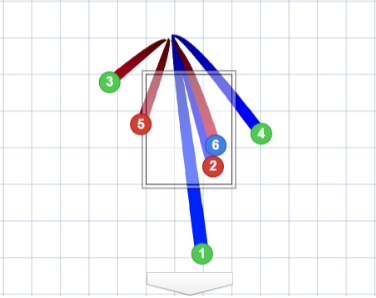
Gray just loses a tough battle with Peralta, probably because his misses are not close enough to the strike zone to tempt the hitter. Side note: how was Jon Gray’s first pitch of 2018 not his blazing fastball or frisbee slider, but a curveball?
It was the lack of precision that would continue to cause problems for Gray, as he serves up a middle-middle slider to A.J. Pollock in the next at-bat that would get rocked for a second consecutive single.
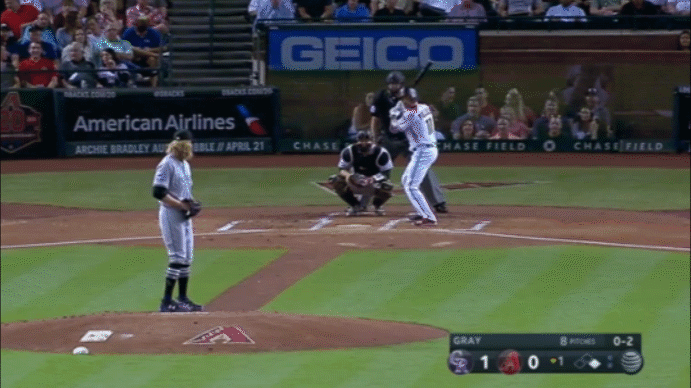
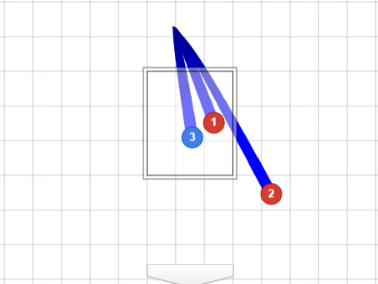
Gray then loses a not-competitive at-bat to Paul Goldschmidt, throwing a first-pitch strike but following it up with five consecutive well off the plate, only catching the MVP candidate’s eye once.
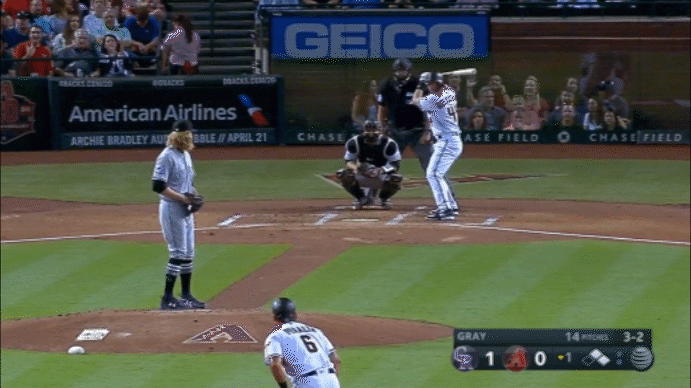
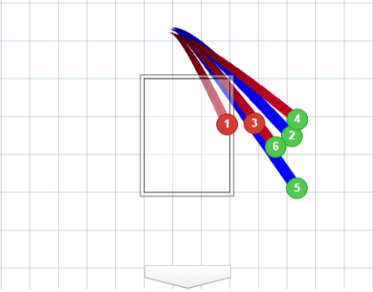
Most of these pitches don’t even register on AT&T Sportsnet’s strike zone tracker. Gray is struggling.
And then a hanging curveball to Jake Lamb on the first pitch opened the floodgates.
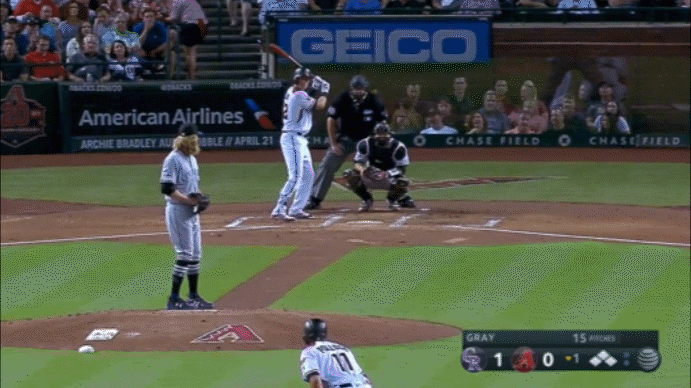
Gray might be trying to repeat what he did to Peralta by pitching backward and setting up for his much stronger pitches that are 10 to 15 mph faster. But, the relatively new pitch in his arsenal starts too high and stays there, giving Lamb a fat, slow pitch to turn on.
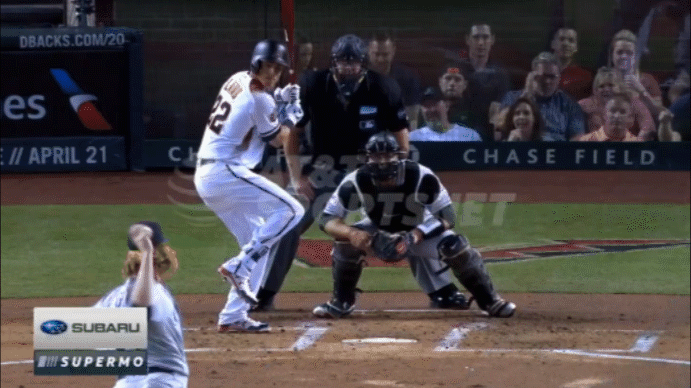
A belt high curveball that starts up, giving Lamb a long, hard look at it before it drops perfectly into the zone on a silver platter.
But, following a pep talk from Ian Desmond, Gray began to record outs.
Rebounding from a rough start
After the Lamb double, Gray retired nine consecutive hitters. It started with a pair of groundouts from Ketel Marte and Alex Avila, the former of whom Gray starts to show the command that Iannetta and the coaching staff touted in spring training.
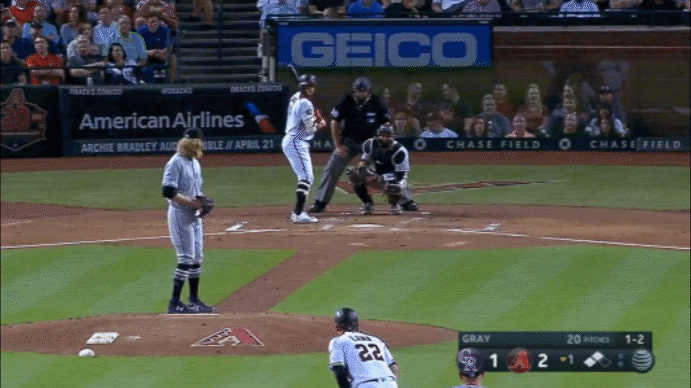
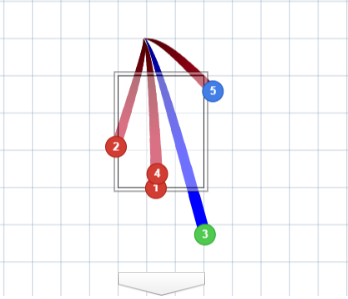
Gray pumps fastballs low and away, all three of which stay off the heart of the plate. He follows it up with one high and tight that Marte has no choice but to cut at it with two strikes.
When Gray executes, he gets the weak contact that strands runners on third, or no contact at all, as was shown not only by his 2017 K rate of 9.14 but his work against Nick Ahmed two batters later to end the inning, again displaying dominant command.

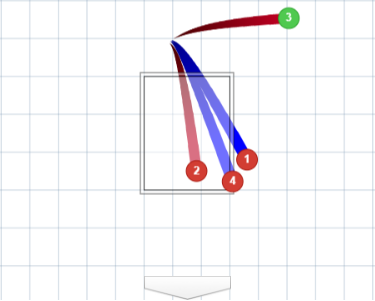
He loses the feel on his fastball on pitch No. 3, but because he lives on the edges with the other three pitches in the at-bat, it turns out to be inconsequential. In this case, the runaway fastball sets up the slider with an eye-level and velocity change and helps Gray get Ahmed to chase and miss two sliders in nearly the same spot, three pitches apart.
In the next inning, Gray induced three consecutive groundouts, getting away with some location mistakes to the light hitting Jarrod Dyson and Patrick Corbin, but returning to pinpoint form when the order rolled back over to Peralta.
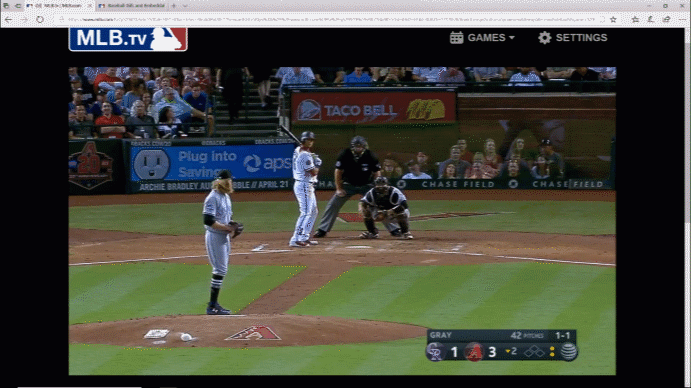
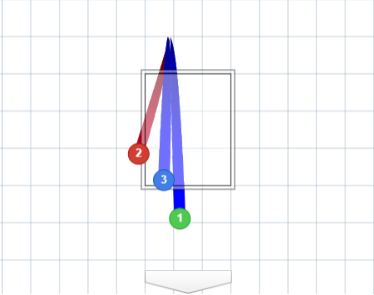
What it came down to for Gray was finding the black, shaking off the rust in the first inning and paying for not having the command needed to compete right out of the gate.
But, after the tough first inning, he lived more like a skydiver than a baseball player—on the edge.
Here’s his pitch spray to start the third with a swinging strikeout of Pollock:
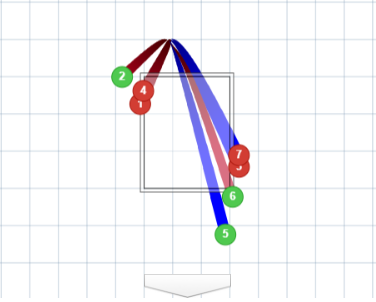
Every single pitch, except for the slider for pitch No. 5, is barely a strike, none of them very hittable. Even pitches 2 and 6 are close enough to be competitive.
It’s the same story for this strikeout of Ahmed in the fourth, except for the slider for pitch No. 5 that he got away with. But that’s what happens when you’re hitting your spots consistently; you open up the middle of the zone because the hitter is expecting something on the edge, and you get some wiggle room on occasion.

When you find the edges early in the count, over the course of an inning or two, the opposing hitters adjust to that. But when you find the center early in the count, it lets the hitters realize you might be apt for another mistake, as noted by the back-to-back singles by Marte and Alex Avila that preceded the Ahmed strikeout.
Marte:
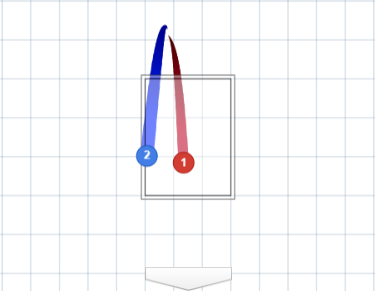
Avila:
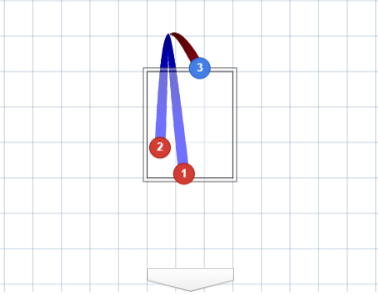
The pitches over the center open up the strike zone to the hitter, and these result in the only blemishes on Gray’s outing from the second inning through the fourth. In the Avila at-bat, even though the fastball barely glances the zone, it is in the same vertical over the middle as the first pitch, giving him some level of familiarity in the heart of the plate.
Gray would exit after losing command entirely in the fifth, perhaps a product of a pitch count in the 80s in his first game of the year and an extra workload on his arm, winding up his fastball to 97 and 98 mph as he got frustrated.
The bottom line was that when he worked both inside and outside effectively, he found success, and struggled when he failed to put strikes in those areas. This was an idea he took to San Diego.
The Padres’ Padre
Rockies fans seem to expect something special every time Gray takes the mound against the Padres now, with good reason. In his career, he now has a 2.15 ERA with 89 strikeouts in 67 innings. The Padres are hitting .200 as a team against him.
That last number was nearly 50 points lower on April 4.
Gray used the edges effectively out of the gate this time, getting away with a middle-middle fastball that Jose Pirela popped to right, but got Carlos Asuaje to roll over on an inside pitch and caught Eric Hosmer looking with a filthy fastball on the outside edge.
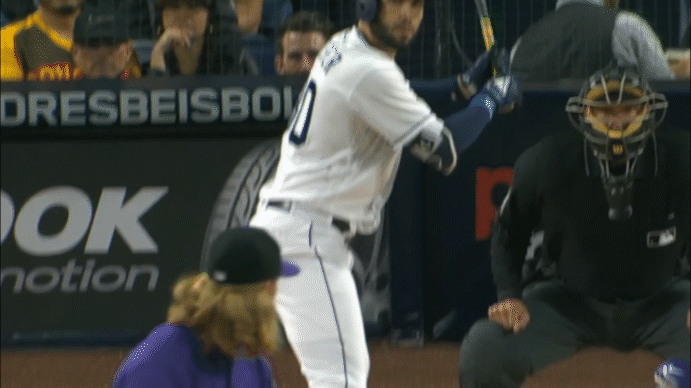
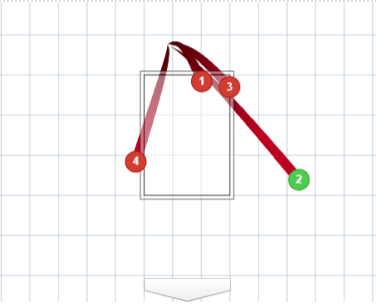
Again, Gray is throwing quality pitches over the edges. Hosmer chases the first pitch but has trouble getting on top of it at 96 mph. He fights off the third pitch as well, but with the first trio of offerings all on the inside edge, he wants no part of the outside heater, especially when it is that borderline.
Gray succeeded in dodging the middle of the zone, except against Cory Spangenberg early in the game.
Spangenberg singled in his first at-bat:
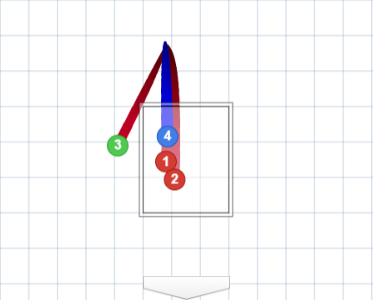
And he doubled in his second at-bat:
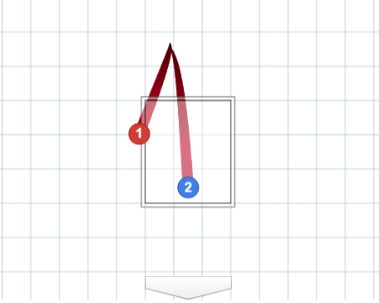
When you’re hitting the middle third as often as Gray did against Spangenberg, it gets easy to square up, and Spangenberg accounted for half of San Diego’s hits against Gray and a third of their total in the game.
Gray, however, got the last laugh, striking out Spangenberg in the seventh:
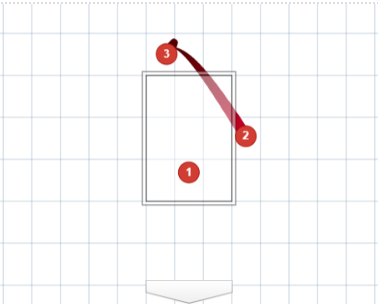
The first fastball is passed on by Spangenberg but is in a familiar spot. Since he’s been seeing Gray live there all day, he’s likely going to be more aggressive with that confirmation of more of the same. But, when Gray starts painting against him, he has no recourse, fighting off the inside pitch but chasing the last one at his eyes.
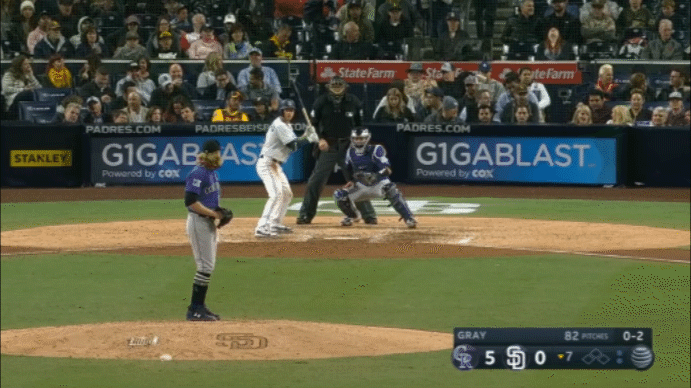
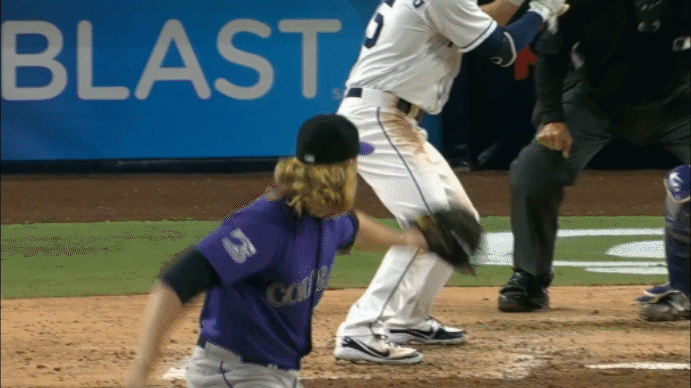
Gray adapts based on his earlier work and uses it to take advantage of Spangenberg’s aggressiveness.
He ended the night striking out seven Padres, allowing four hits, three of which were singles.
Conclusion
The difference between the rough first inning in Arizona, the jam in the fifth inning and the success in most of the innings in San Diego, is the command. Gray did not walk a single Padre but issued at least one in every inning he’s been scored on in 2018.
When Gray is locating, there is no question that he has the stuff between his fastball, slider, and changeup to get outs. But when he starts working over the middle, he gets into trouble.
As he prepares to take on San Diego in his second straight start, it will come down to whether or not he is spotting on the edges, and if the Padres lineup can adapt quicker. Gray struck out three of the last seven hitters he faced late in the last game, it seems safe to say he’s got the advantage, at least in in-game adjustments.
In a few short hours, he’ll try to blow away the Padres again and get the Rockies back over .5oo.
Video obtained from MLB.tv, Pitch charts obtained from MLB.com
Comments
Share your thoughts
Join the conversation



